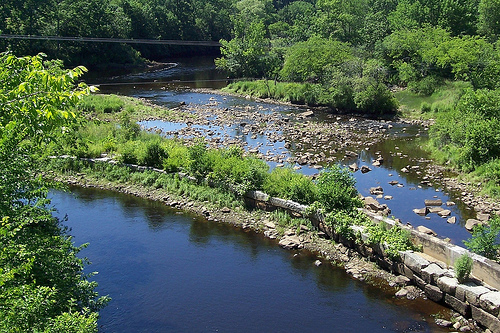In Africa, 587 million people go without electricity — only about two-fifths of the continent’s population has access to a regular supply. But according to a new United Nations report, hydropower — a form of renewable energy — could supply all of Africa’s electricity needs.
Right now, only about 32 percent of the continent’s energy comes from hydropower, but there’s vast potential for growth. Africa is only using about 5 percent of its hydropower potential.
There are two main obstacles to tapping into this resource: money (not enough of it) and the need for cooperation. Rivers make great international borders, which is not exactly convenient for countries who want to build large dams. They have to come to an agreement with other governments in order to move forward.
Plus, the major river basins all provide water to a bunch of countries: 13 for the Congo river basin, 11 for the Niger, 10 for the Nile. Would-be dam builders would have to consider the water supply of all those countries. Imagine what a nightmare it would be to develop the Colorado River if Colorado, Nevada, Utah, Arizona, and California were all separate countries.
There’s also the ever-present environmental concerns that come along with major dam projects. But providing millions of people with access to electricity, without adding tons of carbon to the atmosphere? For that, it’s worth trying to overcome these obstacles.



